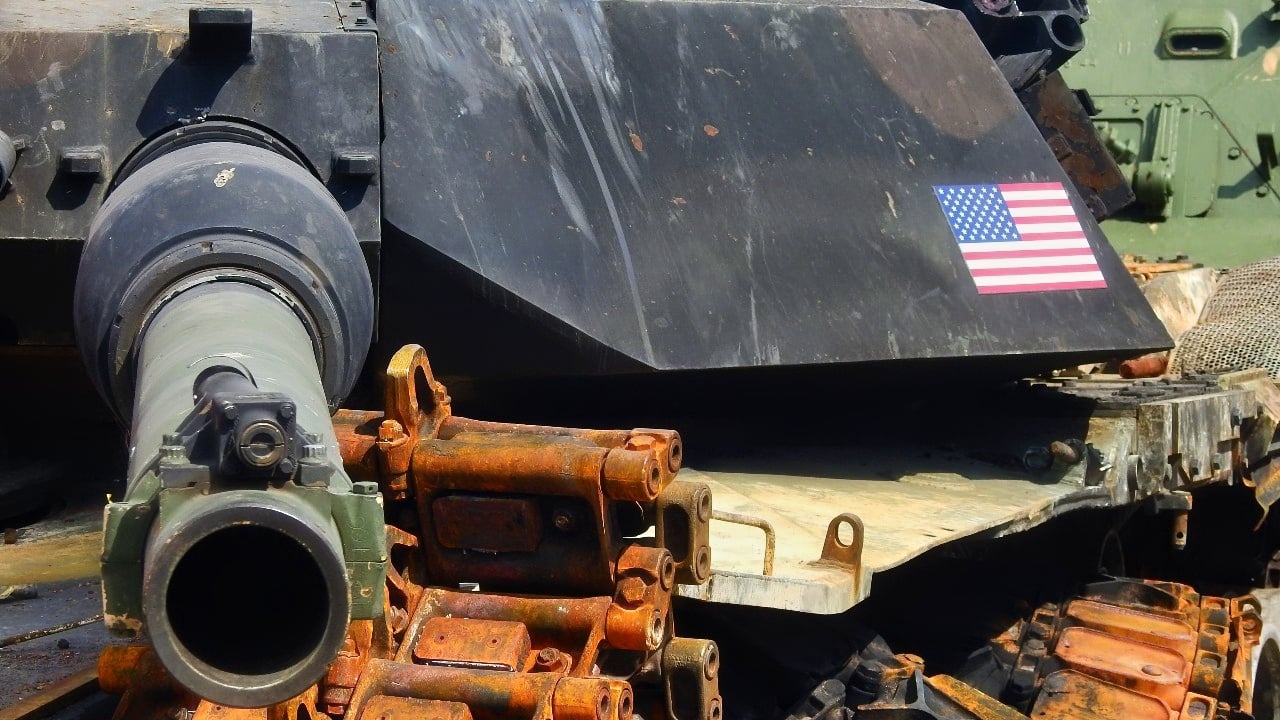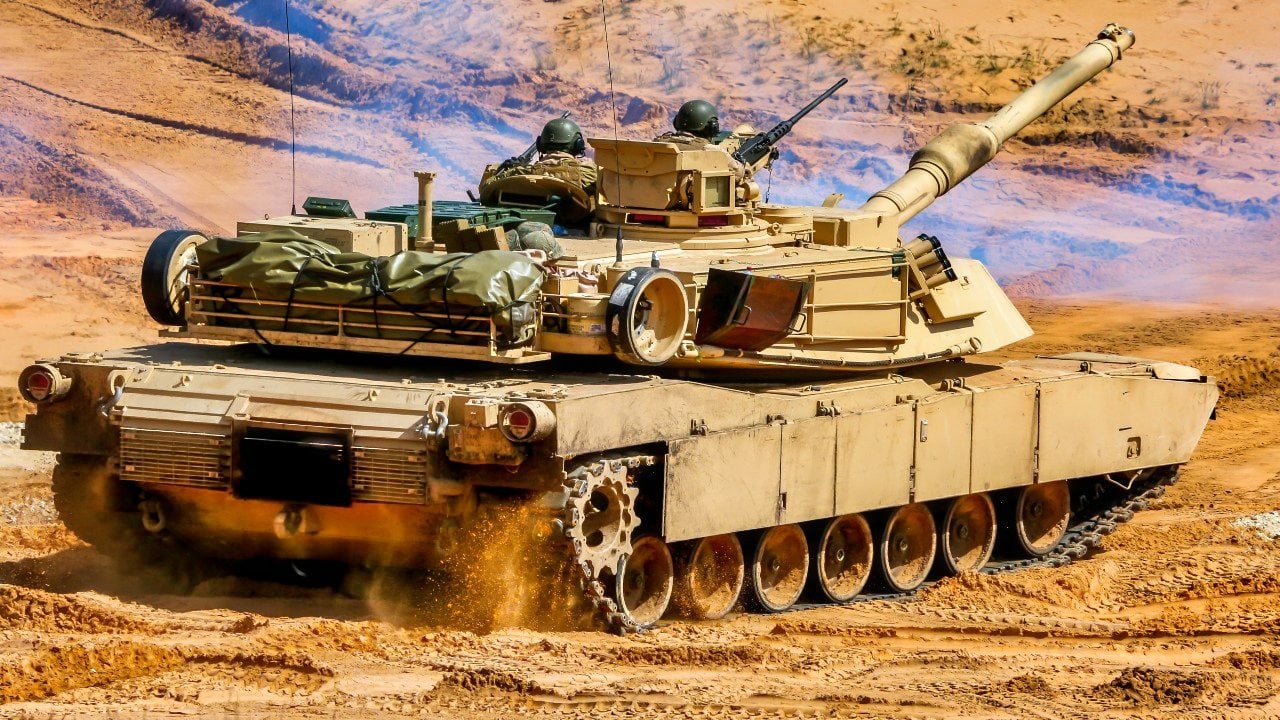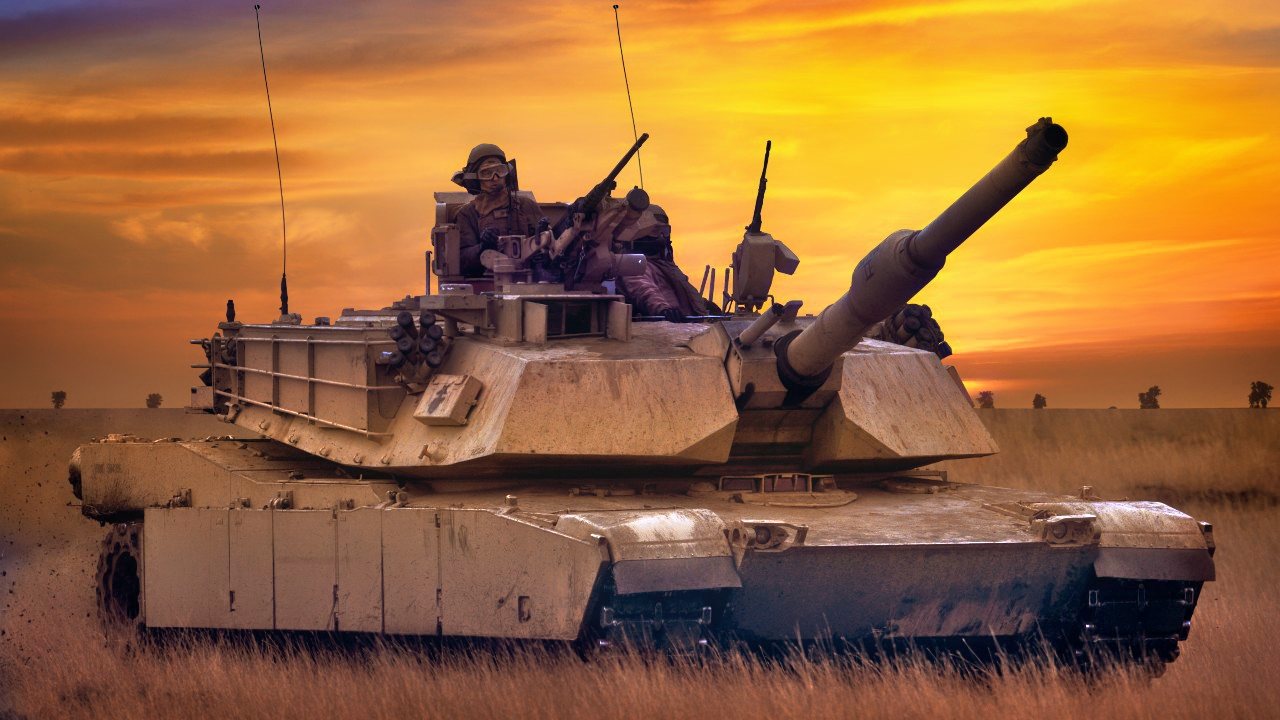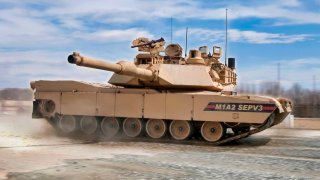Ukraine's M1 Abrams Tank Dilemma Is a Nightmare
The M1 Abrams, despite being one of the best tanks ever built, has proven ineffective in Ukraine. Designed for different combat environments, the Abrams tanks supplied to Ukraine have been decimated due to a combination of inadequate air cover and modern Russian tactics using drones and anti-tank missiles.
Summary and Key Points: The M1 Abrams, despite being one of the best tanks ever built, has proven ineffective in Ukraine. Designed for different combat environments, the Abrams tanks supplied to Ukraine have been decimated due to a combination of inadequate air cover and modern Russian tactics using drones and anti-tank missiles.

-The static nature of the conflict and the Ukrainians’ lack of experience with Abrams tanks have exacerbated the situation, leading to heavy losses.
-While the tank was built for maneuver warfare, its vulnerabilities in Ukraine’s drone-heavy, missile-saturated environment have made it a costly misstep, highlighting the need for strategy over advanced tech alone.
Here’s Why the M1 Abrams Didn’t Make a Difference in Ukraine
The M1 Abrams Main Battle Tank (MBT) is one of the greatest tanks ever built. It is one of the primary reasons behind America’s rapid victory over Saddam Hussein’s forces in 1991. At the same time, like any advanced system, it is only as effective as those who use them.
Multiple, older Abrams tanks were promised to the Ukrainians over the course of the Ukraine War. Once the tanks were delivered, the Americans and their NATO partners did train Ukrainian tank crews on how to use the Abrams tank.
Yet more than half of the tanks in question have been destroyed in less than a year after they were deployed.
Of course, the nature of the Ukraine War is especially brutal.One should expect high numbers of platforms to be lost in combat.
But the rate of attrition for these systems in combat has been far higher than anticipated. In fact, it was a complete waste giving even older variants of the M1 Abrams tanks over to the Ukrainians. This is largely because the Ukrainians have not used the tanks as they were originally intended to have been used. And this is a direct result of the Ukrainians’ lack of adequate experience with these platforms.
The Evolving Dynamic in Ukraine
Combat in Ukraine has evolved significantly. Now, a static front has become more fluid, thanks to the innovative use of drones and anti-tank weapons. The Abrams MBT was designed for mobility but has been hit hard by anti-tank drones, missiles, and mines. The tanks in question were part of Ukraine’s 47th Brigade, facing stiff combat conditions in places like Avdiivka, one of the areas on the front where the Russians have had total military dominance over the Ukrainians.
The M1 Abrams was designed to fight a different kind of war. Initially meant to stop a ground invasion of Western Europe by the Soviet Red Army, the tanks were quickly repurposed to fighting in the desert. The tank is older and not well-suited for fighting in an environment like Ukraine.
Without comprehensive air cover, the M1 Abrams tank is useless. And that is precisely how Ukraine was using the tank – without sufficient air cover. The Abrams became susceptible to the drone swarms Russia was deploying against Ukraine’s armor. The drones in question are capable of striking at these tanks from angles where tank armor is less effective (such as at the top of the tank or in the rear).

Russia’s anti-tank missiles have tandem warhead designs, allowing for them to effectively penetrate the side armor of the Abrams tanks. These systems have been seen penetrating the Abrams’ advanced reactive armor as well.
Failing to Adapt Adequately
The Ukrainians have attempted to adapt to the changing dynamic that Russia has imposed upon their forces. They have added makeshift cages meant to detonate incoming threats before they can reach the tank’s hull. These modifications, though, make the tanks heavier. This slows the tank and drains its fuel.
Cope Cages have also proven ineffective in preventing the “top-down” attacks engaged in by the anti-tank drones.
Ukraine is a snapshot of whatever future war erupts between the great powers. Here, we have witnessed battle-tested systems like the M1 Abrams, fail to make the kind of strategic impact that it traditionally has made. Indeed, we have learned that advanced technology does not always guarantee success.
Such technology must be augmented by appropriate tactics that comport best with the battlefield’s realities.

Author Experience and Expertise: Brandon J. Weichert
Brandon J. Weichert, a National Interest national security analyst, is a former Congressional staffer and geopolitical analyst who is a contributor at The Washington Times, the Asia Times, and The-Pipeline. He is the author of Winning Space: How America Remains a Superpower, Biohacked: China’s Race to Control Life, and The Shadow War: Iran’s Quest for Supremacy. His next book, A Disaster of Our Own Making: How the West Lost Ukraine, is due October 22 from Encounter Books. Weichert can be followed via Twitter @WeTheBrandon.
All images are Creative Commons or Shutterstock.
From the Vault
Russia Freaked Out: Why the U.S. Navy 'Unretired' the Iowa-Class Battleships
Battleship vs. Battlecruiser: Iowa-Class vs. Russia's Kirov-Class (Who Wins?)


